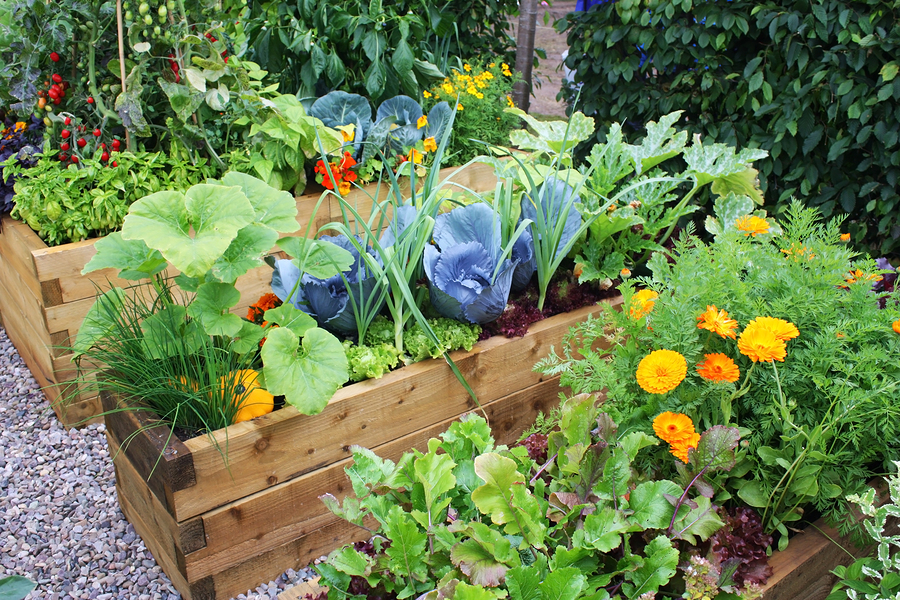Types of Gardens
Things To Consider When Planning A Small Vegetable Garden

When you are planning a small backyard vegetable garden, there are numerous things that you need to keep in mind in order to get the kind of yield from your efforts that you would hope to get. After all, if you are going to invest the kind of time, money, and energy that setting up and maintaining even a small garden takes, you will definitely want to get all that you can out of it!
Here are six things that you need to take into consideration when planning and planting your small vegetable garden to make sure that you reap the kind of rewards that you deserve from your efforts.
Plenty of Sunshine
Make sure the garden is planted in an area where there is plenty of direct sunlight. Plants need sunshine to grow and natural light is best. Artificial light won’t make them grow as will in direct sunlight.
Plan For Water Use
Plant your garden in a space where you have room to install an irrigation system. Unless you have the freedom and the commitment to water your garden by hand each and every day, you are going to need to install at least a basic irrigation system. make sure you plant in a place that leaves room for this.
Use Good Soil
Make sure that you utilize the proper soil when planting your small vegetable garden. In order to grow, vegetables must be planted in soil that is rich in organic matter – otherwise known as “rich soil.”
Not only does the quality of the soil affect how big the vegetables will grow to be, but it will affect the way they taste as well. Since the primary purpose of the vegetables from your garden is to be eaten, you want the soil to be as rich as possible.
Use The Right Amount Of Space
When choosing plants to go in your garden, make sure you choose compact varieties with a relatively small footprint. One tip you might want to try is taking advantage of limited ground space by planting vining crops so that your garden can expand up instead of out.
Companion Planting
Practice “companion planting” to take full advantage of every inch of space in your small vegetable garden. Companion planting entails planting crops next to each other that have a symbiotic relationship to one another, and grow better together than they do apart.
Use Crop Rotation
Utilize succession planting and crop rotation in order to maximize limited soil space. Succession planting means to plant rounds of quick-growing vegetables in quick succession, just after having harvested the last batch.
Crop rotation means that you rotate crops to different areas within the garden each year to take advantage of slight differences in setting that each placement brings.
By giving careful thought to these six factors and laying out the plans for your garden accordingly. you will ensure yourself the most fruitful return on your investment, both of money and on labor that it is possible to get.





















